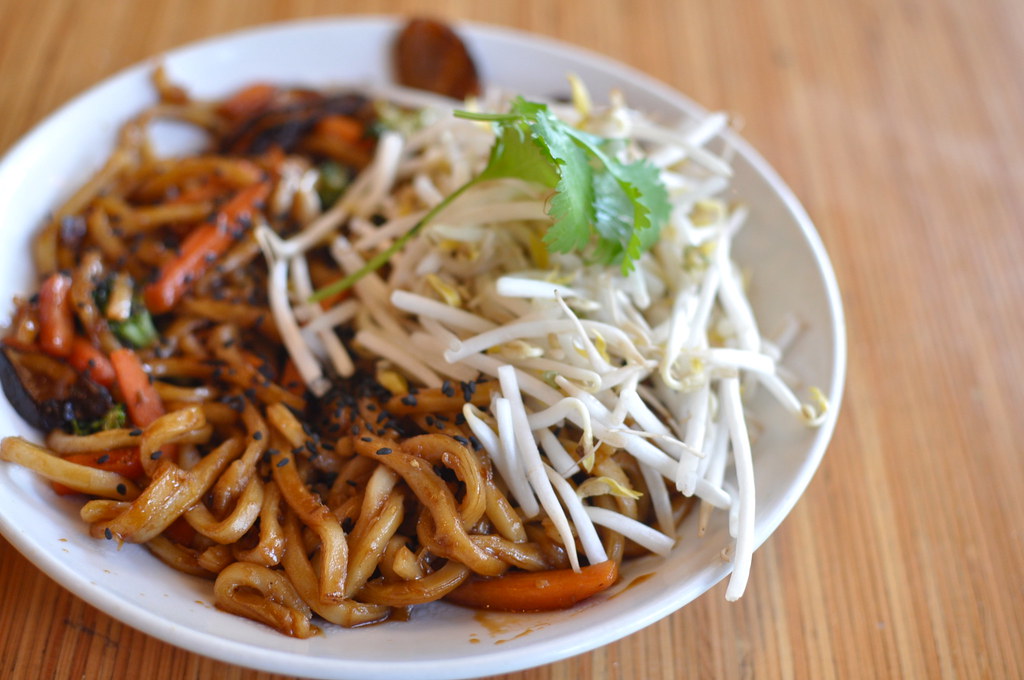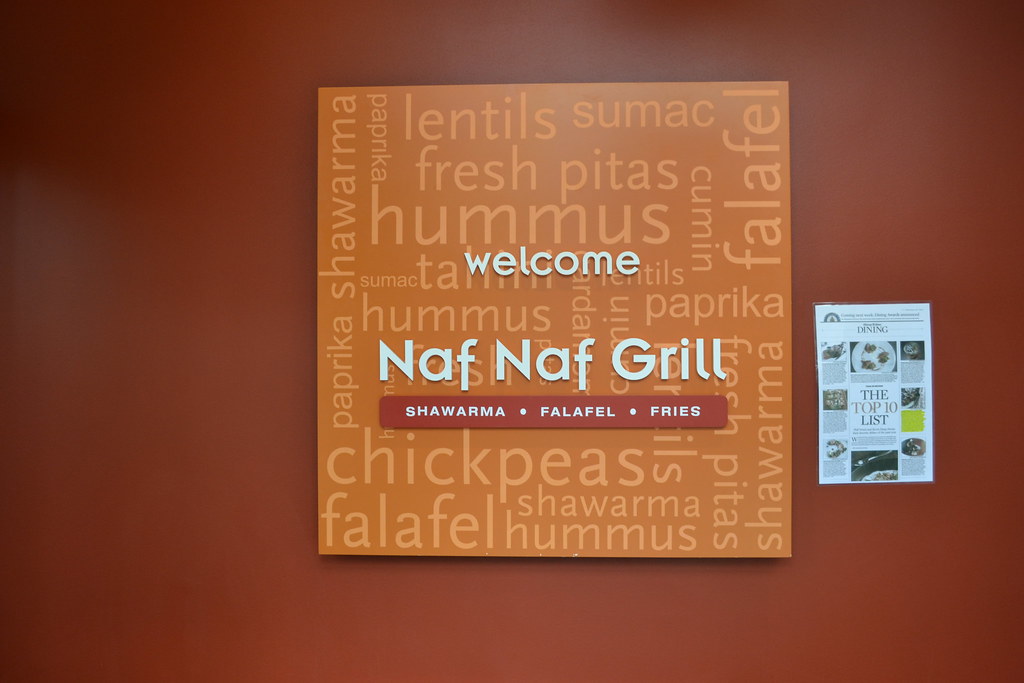Starving, you arrive at a restaurant and skim the menu with hopeful eyes. Unsurprisingly, there is nothing on the menu that is gluten-free. Anyone who is gluten-free knows what I’m talking about. As much as you love eating at restaurants, sometimes with an allergy, it seems like going out isn’t worth the stress. Here’s the simple trick: plan ahead.
1. Call ahead
Phone the restaurant or look at the menu beforehand to ensure that you can fully indulge. If you don’t want to bore everyone with all your questions when ordering (we all get hungry and no one wants to wait), get all the information you need to save your fellow diners.
2. Ask questions
When you order, don’t be afraid to ask about specific ingredients. You are probably more aware of hidden gluten ingredients (think soy sauce and flour) than your waitress. Ask specific questions that will reveal exactly how the dish is prepared.
3. Know what to avoid
Know the code words for gluten. Avoid anything that is fried, as it was probably covered in flour. Be wary of Asian dishes; soy sauce and teriyaki are not gluten-free. Also be sure to inquire about the ingredients in soups and dressings, as some of the bases will include gluten.
4. Branch out
Some cuisines are easier to navigate than others and provide you with more options. Stick to Thai, Mexican or Middle Eastern foods. Pad Thai is made from rice noodles, which do not contain wheat — get your pasta fix there! Mexican eateries usually offers corn tortillas instead of flour ones. Although you can’t get a pita sandwich in a Middle Eastern restaurant, you can certainly indulge in the plate or salad versions of these meat dishes. Japanese and Italian cuisines are loaded with pasta and soy sauce, which make them especially difficult.





